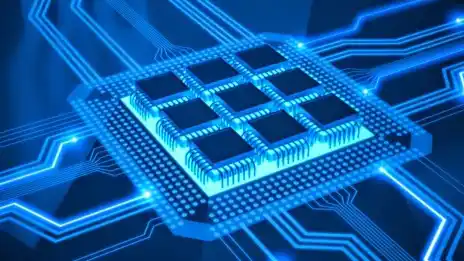افشین رشید
اُستادیار ؛ عضو هیات علمی دانشگاه آزاد اسلامی واحد علوم و تحقیقات تهران
601 یادداشت منتشر شدهMolecular nanoelectronics and graphene molecular nanomemories: A novel non-volatile charge trapping memory using isolated and uniformly distributed graphene nanocrystals as nano-floating gates

Note: Graphene molecular nano-memory is a novel non-volatile charge trapping memory using isolated and uniformly distributed graphene nano-crystals as nano-floating gates with controllable capacitance and excellent uniformity. The nano-graphene charge trapping memory with gate exhibits large memory voltage (4.5 V) at low operating voltage (8 V), chemical and thermal stability (1000 °C), as well as tunable memory performance using differential tunneling.
Graphene has outstanding nanoelectronic properties, very high electron mobility and unparalleled conductivity at the nanoscale. It is a superconductor, transporting electrons ten times faster than silicon. These properties make graphene an ideal candidate for next-generation nanoelectronic applications such as graphene molecular nanomemory .

The interaction of the absorbed nano-graphene electrons changes the electrical conductivity of the surface of the Nano Memory Moulcolar graphene molecular nano-memory . The absorption of a small amount of nano-electrons with very low molecular motion changes the resistance of the nano-graphene , which is proportional to the resistance of the Nano Memory Moulcolar graphene molecular nano-memory . The Nano Memory Moulcolar graphene molecular nano-memory is a transparent, flexible nano-graphene floating gate transistor memory device that is fabricated by combining a single-layer graphene active channel with gold nano-particle charge trap elements. Systematically, the sizes of the gold nano-particle charge trap elements, the thickness of the tunneling dielectric layer, and the doping level of graphene are very important in its production. In particular, the conductivity differences (i.e. , the memory window) between the programming and erasing operations at a specific read gate voltage can be maximized through doping. The resulting molecularly developed graphene nano-memory exhibits excellent programmable nanoscale memory performance compared to previous graphene memory devices and a large memory window (12 V), fast switching speed (1 μs), strong electrical reliability. The graphene molecular nano-memory exhibits unique electronic properties, and its small size, structural robustness, and high performance make it a very promising charge storage medium for nano-memory applications. Along with the development of miniaturized and scaled-up devices, nanostructured graphene is emerging as an ideal material.

Conclusion:
Graphene molecular nano-memory is a novel non-volatile charge trapping memory using isolated and uniformly distributed graphene nano-crystals as nano-floating gates with controllable capacitance and excellent uniformity. The nano-graphene charge trapping memory with gate exhibits large memory voltage (4.5 V) at low operating voltage (8 V), chemical and thermal stability (1000 °C), as well as tunable memory performance using differential tunneling.
The RISC architecture and structure in CMOS memory derives its ability to perform from the "instruction set architecture" in which it is designed
Laser beams can be made from visible light, X-rays, ultraviolet light, or infrared light. A laser is a type of excited, high-energy light that is not normally seen in nature, but can be created with special technology and equipment